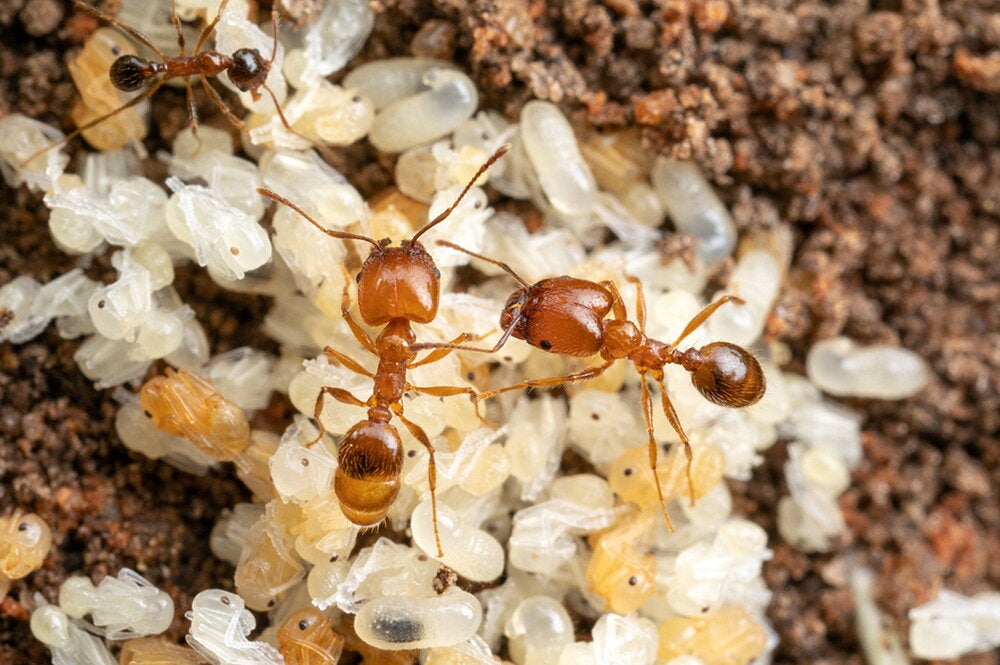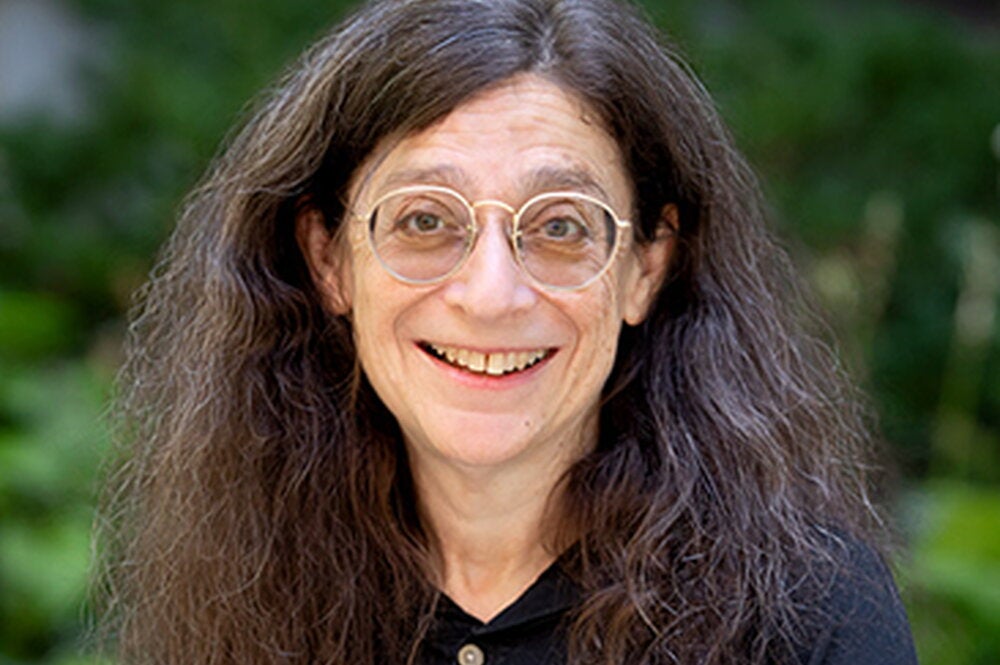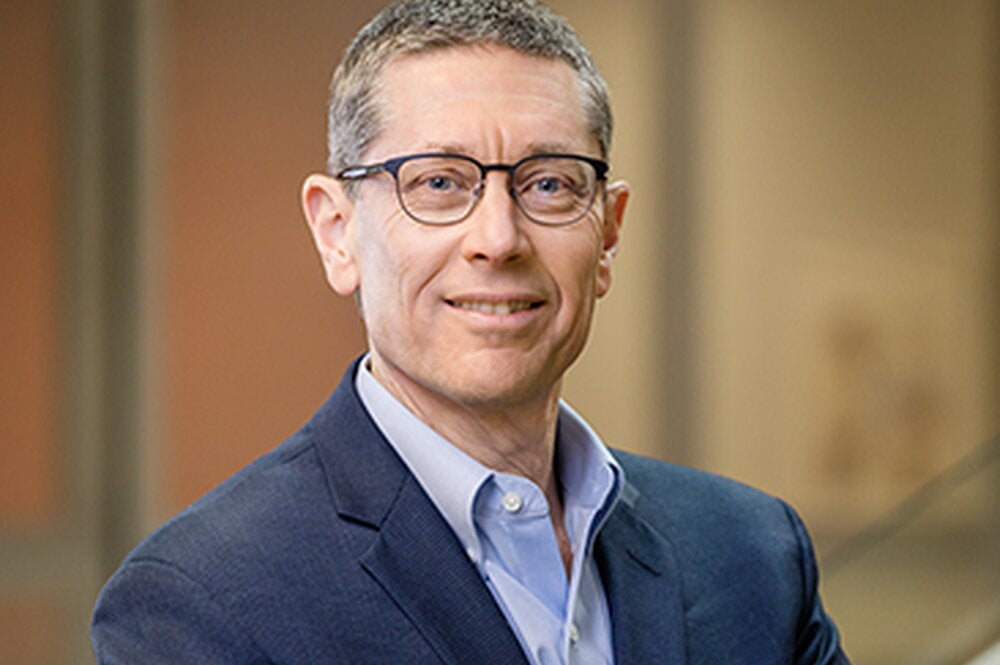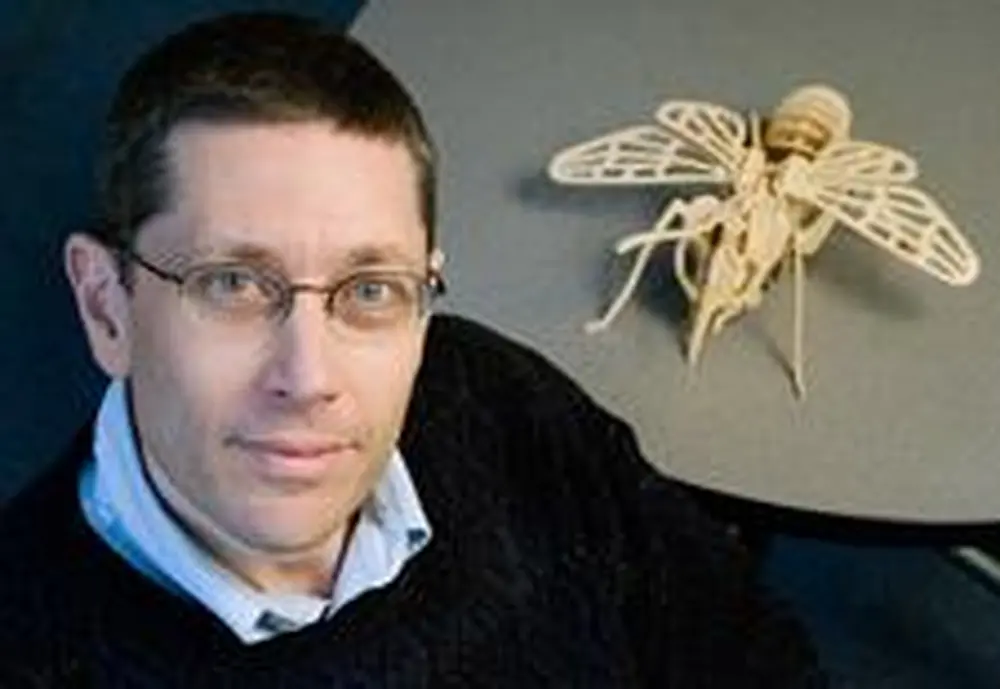
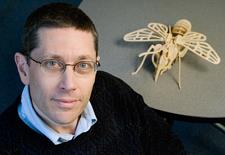
For most organisms, survival comes down to a choice: energy either goes towards a longer life or the proliferation of their own genes. But the lucky queen bee enjoys both.
"The queen bee has her cake and eats it too," says entomologist Gene Robinson, the principal investigator of a study that is closing in on her secret. "She's an egg-laying machine. She lays 2,000 eggs a day and yet lives 10 times longer than her sterile sisters who stem from the same genome."
The source of the queen bee's profundity-a long-standing mystery that is of interest to humans, as well-may be a yolk protein called vitellogenin (Vg) that is produced in fat body cells. Taking a hint from fruit fly studies, which showed that manipulations of fat body cells in the head of the fruit fly influenced longevity, the researchers tracked Vg expression in the bee's head, thorax, and abdomen.
In so doing, they found that Vg levels in the abdomen in the young queen were high and declined over time, but increased with age in the head and thorax. Old queens showed much higher Vg expression in the head and thorax than young queens.
Worker bees had much lower levels of Vg expression than queens, and Vg in worker heads was also low compared with queens. Previous studies in workers had shown that Vg reduced oxidative stress in honey bees by scavenging free radicals that can lead to aging or illness. Not surprisingly, queens were more resistant to oxidative stress than workers even though they lack many antioxidants commonly found in other species.
Whether Vg is the actual mechanism by which queens achieve both fertility and long life remains to be seen, says Robinson, who is also affiliated with U of I's Institute for Genomic Biology. But the implications are tantalizing. Queen bees aren't the only species, he says, for whom a long sexual life is attractive.
